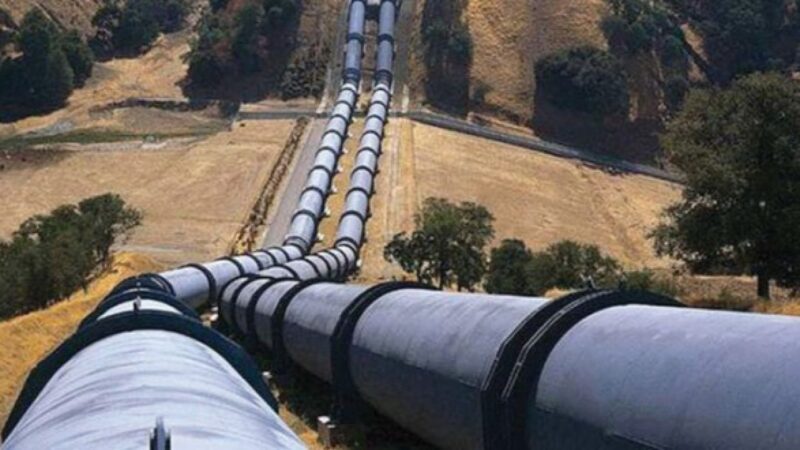The Nigeria-Morocco gas pipeline project, a strategic energy corridor linking West Africa to Europe, will enter an active phase starting in 2025. After years of preparations and technical studies, the first construction agreements will be signed, marking a decisive step for this ambitious initiative that will span 5,600 kilometers and cross several African countries.
### A Major Energy Infrastructure
The idea for this gas pipeline, born in 2016 during a meeting between Mohammed VI and Nigerian President Muhammadu Buhari, aims to connect Nigeria to Morocco by passing through nations such as Ghana, Ivory Coast, Senegal, and Mauritania. This corridor will transport up to 30 billion cubic meters of gas per year, thus becoming a key solution for electrification and socio-economic development in the region. It will also help strengthen African economic integration and diversify energy supplies for Europe via the Maghreb-Europe pipeline.
### A Project Supported by International Partners
Initially funded by the Islamic Development Bank and the OPEC Fund, the project has attracted numerous partners, including African and international institutions. The Nigerian National Petroleum Company (NNPC) has asserted its ability to realize this strategic project, which will benefit landlocked countries like Niger and Burkina Faso, while promoting access to energy for millions of people.
### Challenges and Opportunities
Although the prospects are promising, challenges remain, particularly in coordinating between the various countries involved and financing the infrastructure. However, Morocco, already a pioneer in renewable energies and aspiring to become a leader in green hydrogen, plays a key role in this vision of African integration.
The Nigeria-Morocco gas pipeline, by linking Nigeria’s abundant energy resources to the growing energy needs of Morocco and Europe, illustrates an exemplary South-South cooperation that could transform the energy landscape of the continent.


